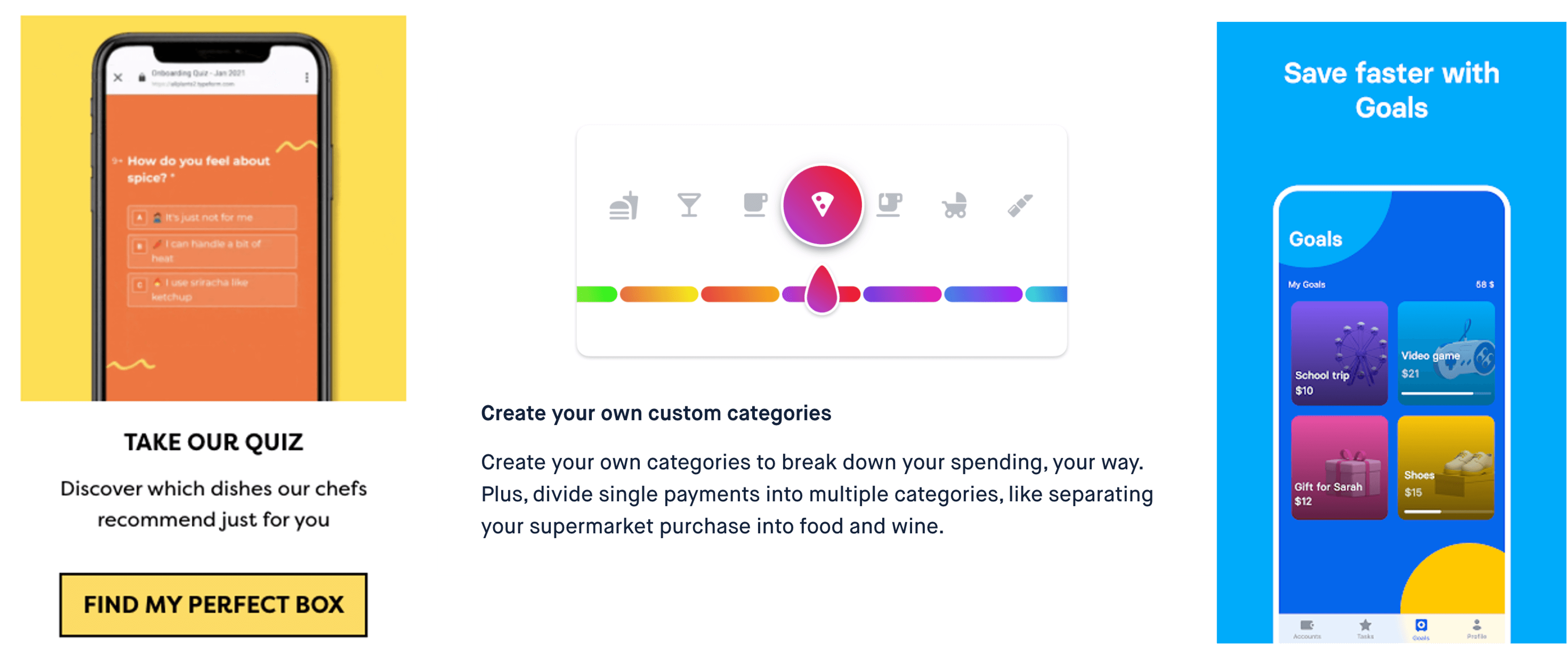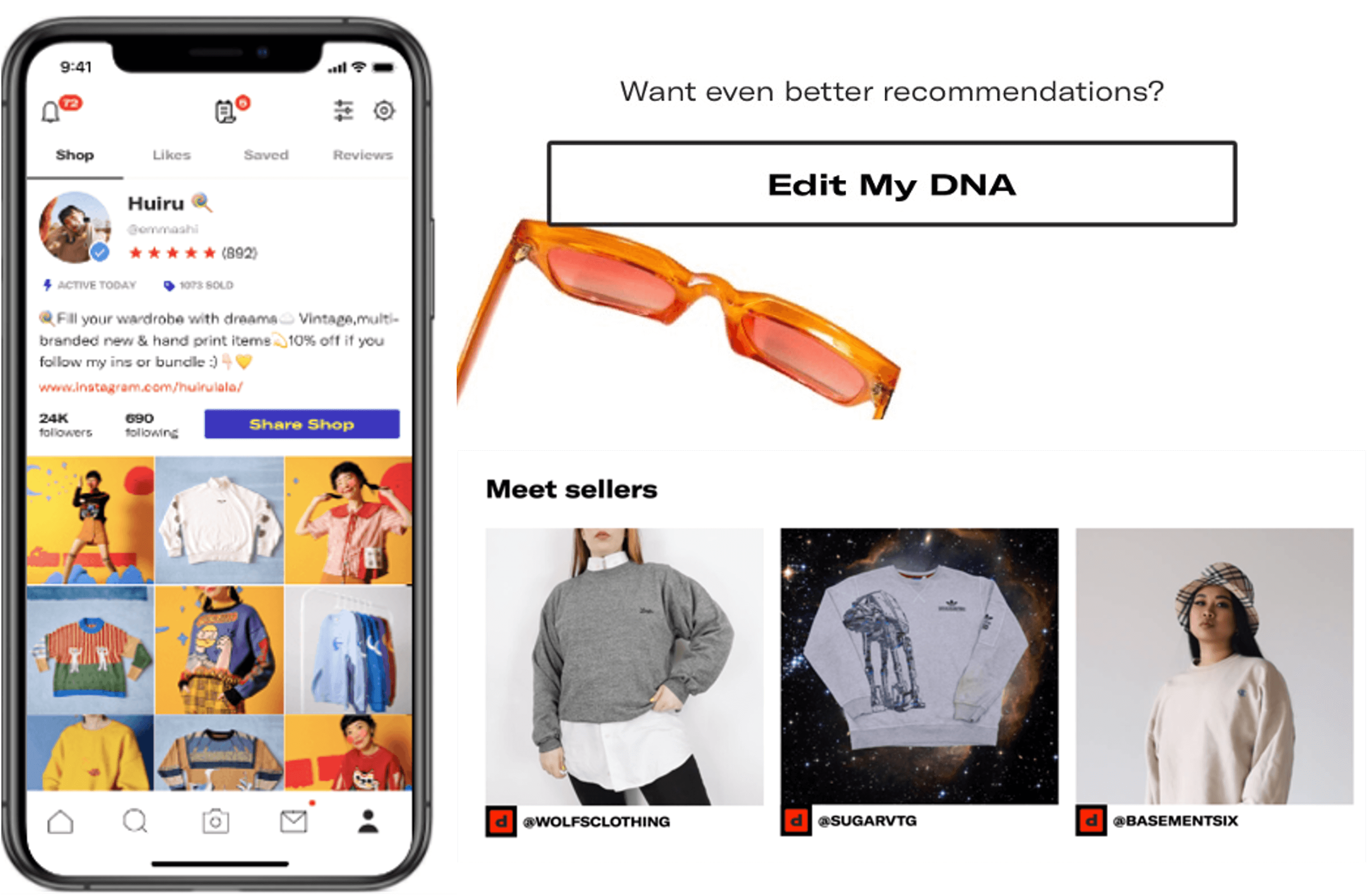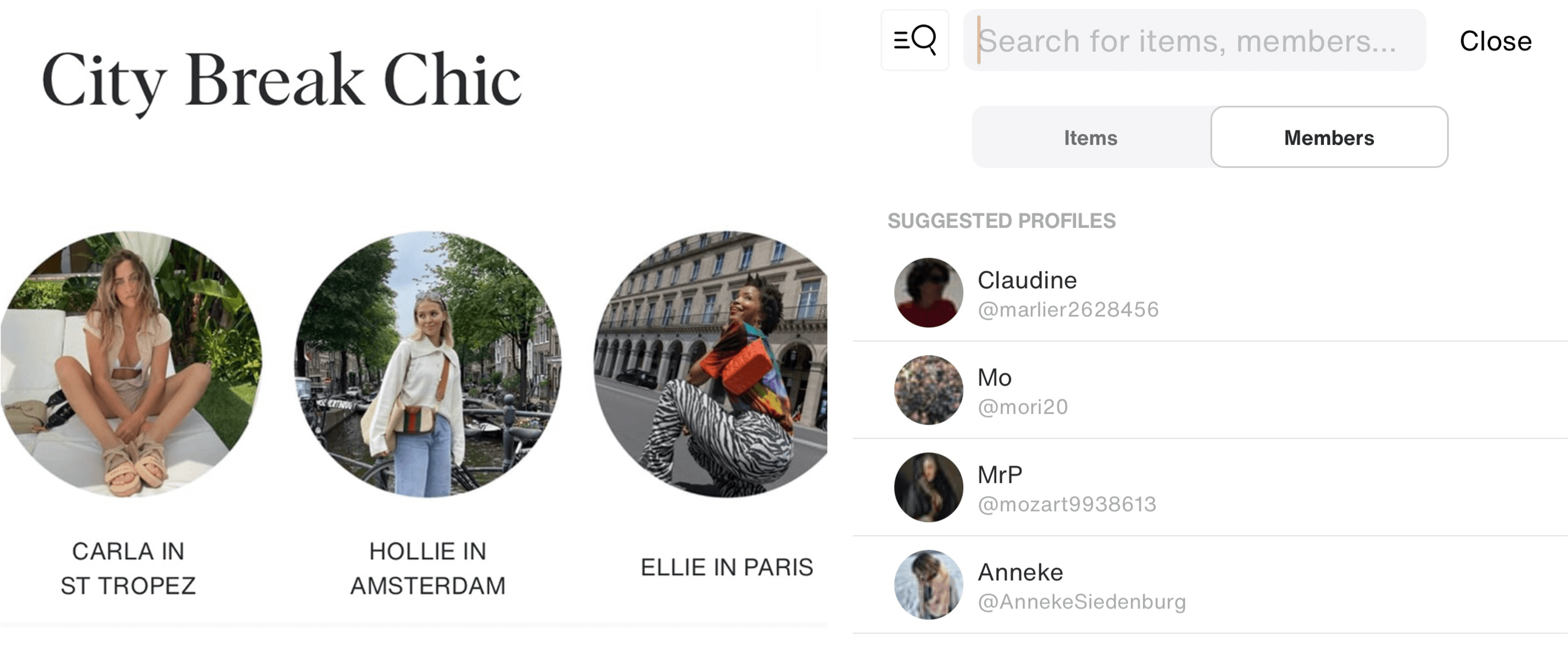Our Thoughts
YouX How thoughtful UX design can bring brands closer to their consumers
The pandemic has shifted the majority of consumer-brand interactions into the digital space (even if temporarily), and even as physical retail and hospitality spaces reopen, digital will remain an important touchpoint for brands to communicate their values and offers to consumers. Platforms such as social media and websites are opportunities to highlight and expand upon a brand’s visual identity and aesthetic, but beyond this UX design is increasingly offering a space for differentiation and deepening the communication of a brand’s values and its relationship with consumers.
In some ways, thoughtfully considered digital design can communicate even more than a logo, advert, or package can. UX design – the way a consumer interacts with an app or website, and how information is presented or engaged with – works in tandem with a brand’s visual identity and adds an extra layer to the subtle cues communicated through visuals and language. Particularly amongst retail brands and sites, there is an increasing diversification of how consumers seek out information, view items, and make purchases, with everything from simple, streamlined functionality, to gamification, to immersive visual and sound experiences.
One example is the use of quizzes and interactive menus that allow ongoing personalisation of content that is prioritised to a specific user. This is popping up across a wide range of categories, from wine to cosmetics to second-hand clothing.
Although any algorithms determining what consumers see remain hidden, these quizzes and personal questions communicate a sense of shared agency, in the way that hiring an in-person personal shopper who understands your personality and everyday life would. These design routes are easily adaptable to each brand’s visual and linguistic styles, however they all align with cultural trends in personalisation and tailored solutions, such as the solutions seen in bespoke, luxury skincare or health regimes. Making the curation of items or content interactive – either through quizzes or allowing consumers some active engagement to overtly say their preferences – places the digital platform in the position of an engaged expert who acts as a helpful guide, while still positioning the customer as the main character whose tastes and needs take precedence. By using visible and interactive personalisation techniques that bring some of the previously-hidden algorithm capabilities into the light of day, these brands are positioning themselves as collaborative curators, balancing consumer agency with brand expertise and aligning the brand with broader trends of personalisation and diversity of choice tailored to individual tastes and experiences.
This move towards increased flexibility of use and personalisation is also beginning to be reflected in other digital services such as meal kit delivery services (e.g. Allplants) and mobile banking, particularly amongst fintech brands. While the choice of goods and services is less broad in a mobile banking context than a digital retail space, brands like Monzo and Revolut have increasingly incorporated levels of individualisation that provide a level of minute personal control over accounts and savings choices to customers. Revolut, for example, provides savings pots (Vaults, or “Goals” in Revolut Junior) that can be personally named, with adjustable goals and ways of reaching them. Likewise Monzo Plus has introduced Custom Spending Categories in its app, allowing customers to tailor the way their budgeting data is broken down and displayed according to highly personalised lifestyle categories reflecting the real world of their spending and reflecting an understanding that no two app users have the exact same needs.

Another theme emerging is digital retail platforms that use the look, feel, and user experience of a social media platform, arising hand-in-hand with the increasing focus on retail functionality across social media. Depop is a prime example of this, with a profile layout similar to the look and feel of an Instagram feed. Using a grid of images in any aesthetic and uniquely posed allows users to curate a personal brand and aesthetic as an extension to their broader online personas. This design subtly communicates a platform that encourages direct engagement between users and puts power in the hands of individual sellers in the same way an Instagram or tiktok account would.

Likewise, Vestiaire Collective provides the capability to search by member profile alongside searching for specific items, creating an opportunity for sellers to build up reputations as curators in their own right. Depop creates content that reinforces this ethos, offering up opportunities to “meet the seller” and providing a space for each individual to become their own brand within the Depop umbrella platform.

Even major retailers such as Selfridges have designed websites with sub-boutiques, more closely aligning the brand traditionally seen as an expert curator as a place where smaller brands and specific aesthetic genres can flourish independently.

Ultimately, this UX design format, with personal pages filled with the unique imagery of an individual seller, personal profiles that can be looked through in the same way one looks through specific items of clothing, and back-and-forth chat functionality between buyer and seller, positions a brand as a supportive enabler of individual goals and entrepreneurialism. The platform itself retains an important role, while allowing users to be their own experts and guide sales, and allowing for an inclusive, grassroots approach to retail and taste-making.
While UX design is to some extent limited by the specific functionality required by a brand – whether to educate consumers, sell goods, connect individuals, or simply as an extension of more traditional visual brand identity – there are a range of possibilities that can be thoughtfully applied to not only help consumers get what they need from an app or website, but also allow a brand to convey its values and role in a deliberate and culturally-informed way. How information is displayed, and how consumers navigate a branded space subtly communicates the role a brand plays, whether an authoritative expert or an equal peer. In retail platforms we see a value placed on brands as friendly assistants, or enablers of bottom-up creativity and entrepreneurialism. And as we emerge from the pandemic and digital increasingly intersects with physical branded spaces there is no doubt that UX design will continue to evolve alongside broader cultural shifts and consumer needs.
3 key takeouts for brands:
- Consider creating spaces for consumers to be curators: Beyond traditional review boards, make space for consumers to demonstrate their unique way of using products and services, and engage with one another on a personal level while facilitated by the brand platform.
- Understand the unique sub-cultures and needs around your service: Digital services intersect with the internet’s ever-expanding capacity for individuals to find their unique voice and tailor shopping and services to their needs. Understanding and creating space for sub-cultures and highly individual needs of a brand’s customers helps them feel seen and understood on a personal level, ultimately boosting loyalty and engagement.
- Ensure your UX design aligns with brand values as much as your visual identity: Beyond appearance, the systems used to navigate and build a relationship with a brand are an important touchpoint and subtly reinforce (or undermine) values communicated in mission statements and visual identities.
Isobel Grad, Senior Semiotician

